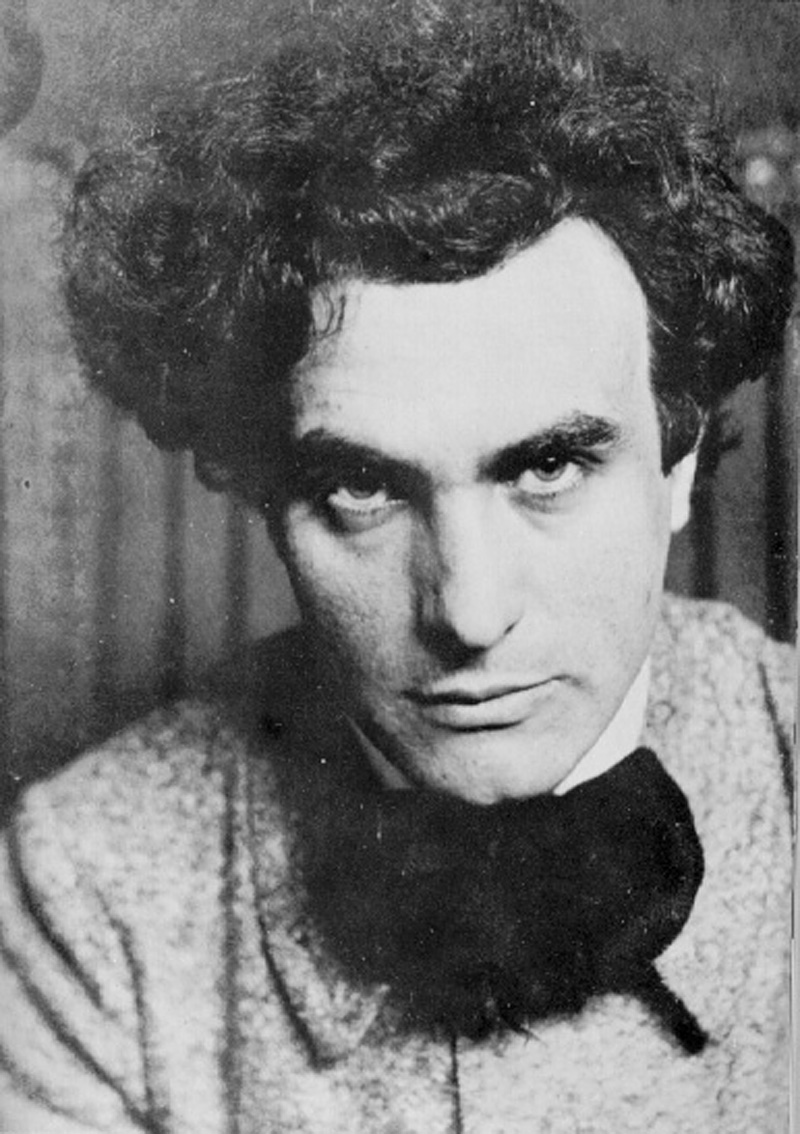“Nobody, literally nobody, who has not passed his formative adolescent years in this country ever conducts American music with complete intelligibility”: If this observation was true in 1942 when critic Virgil Thomson wrote it, he surely would have recanted if he’d heard Lyon-born Ludovic Morlot conduct Gershwin’s An American in Paris on Saturday night’s Seattle Symphony concert. It was an encore of the orchestra’s terrific performance at their opening gala two weeks earlier: ravishingly glossy on the surface, pulsing with charm and swagger underneath. Morlot liberally applied rubato—nuances of pushing and pulling the tempo, pauses, hesitations, pressings forward—and yet the piece flowed like water, or Dom Perignon, sounding not in the least mannered or micromanaged.
Despite their great difference in sound and approach, the Gershwin, from 1928, made a perfect companion piece to what followed, Edgard Varèse’s 1921 Amériques, which could be retitled A Frenchman in New York. Varèse had moved there to escape World War I, and was inspired by not only our country’s Jazz Age urbanity but its promise of freedom from European tradition. The two cityscapes are each epochally innovative in their own way: one in its unprecedented in-your-face-ness, focusing on color and dark, violent gesture rather than traditional melody or harmony, the other in its marriage of the Tin Pan Alley popular-music style with symphonic instrumentation and form (in a manner that, 73 years after Gershwin’s death, has been equaled in beauty and impact only by Leonard Bernstein).
Seemingly every percussionist in Seattle was on hand for Amériques; I counted 12. Though the forces required are vast (and the SSO played a reduced version of Varèse’s original score), much of the piece is sparse, a sonic expanse of shadowy, even creepy noises from every corner of the stage; Morlot’s pacing was spacious, giving every event plenty of room and the listener time to take each one in. In the Q&A that followed the concert, Morlot described, interestingly, how he’d taken a different approach to the piece’s overwhelming close in Thursday’s performance: coaxing a gradual crescendo from the entire orchestra at once versus, on Saturday, layering in each section one by one, culminating with the thunder of the percussion. The roar from the thrilled audience, for what was probably the harshest and scariest piece I’ve ever heard the SSO play, was nearly as loud. This may have been in part thanks to the SSO’s new ticket offer: You can bring one under-18 free with every full-price ticket, and among Saturday’s concertgoers there was a noticeable increase in this demographic.
Before intermission was Stravinsky’s The Rite of Spring, his ballet evocation of primitive tribal ceremonies and an inspiration for Varèse’s even more intense viscerality. (After the concert, a friend likened An American in Paris to “an MGM musical between two snuff films.”) Rhythmically taut and sinewy, under Morlot even the exotic, languid opening section, all writhing woodwind lines, had a sway to its pulse that evoked the dance just as much as the relentless pounding later that so shocked the ballet’s first listeners.







